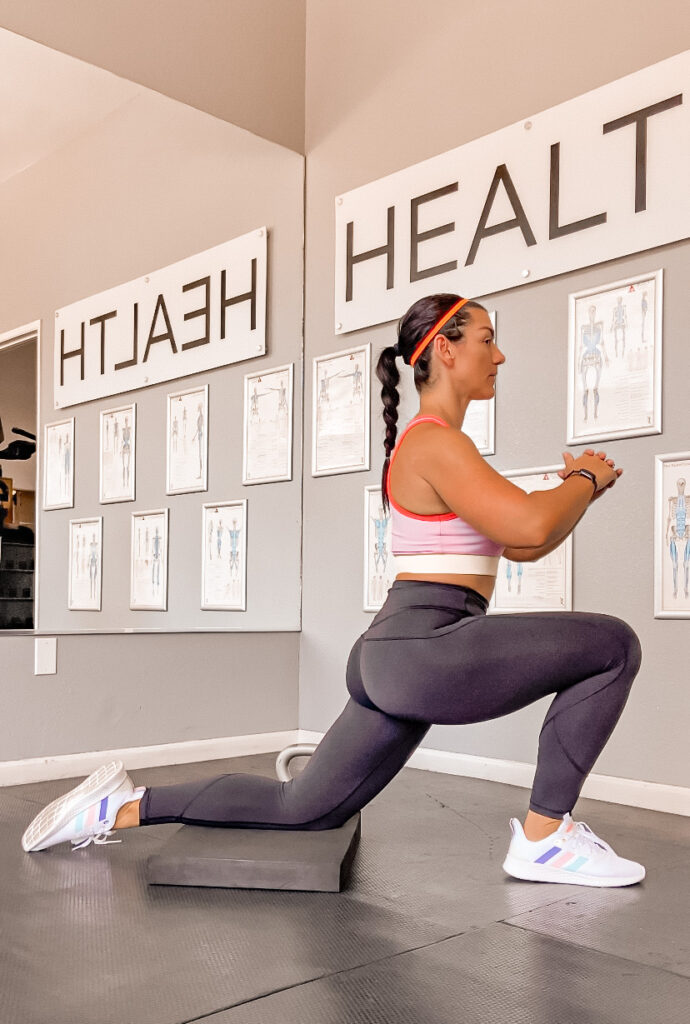Introduction to Enhancing Mobility in Fitness
One crucial aspect often overlooked in fitness, playing a significant role in overall health and athletic performance, is enhancing mobility.
Whether you’re a top-tier athlete, a fitness enthusiast, or someone aiming for a more active lifestyle, focusing on enhancing mobility can significantly improve your physical health.
It’s a common misconception that merely stretching is enough. True mobility requires movement to maintain our body’s health, ensuring independence and a pain-free life.
My journey into understanding the profound impact of enhancing mobility began due to personal family health challenges, which you can learn more about in my bio.
This realization sparked a dedication to helping others achieve better movement through enhancing mobility.
What Exactly is Mobility
Enhancing mobility involves a joint or sequence of joints moving through their full, pain-free range of motion.
It’s crucial for optimizing athletic performance, maintaining joint health, and, crucially, preventing injuries.
Limited joint mobility can cause compensatory movements elsewhere in the body, heightening injury risk.
For example, restricted hip mobility might lead to overextending the lower back, potentially causing pain and injuries.
Moreover, excellent mobility contributes to better athletic performance by enabling more extensive motion ranges.
This is vital for activities requiring maximum performance, such as weightlifting, running, and jumping.
Additional Benefits of Enhanced Mobility
- Improved Posture: Improving mobility can help to correct imbalances and improve posture, thereby reducing the risk of chronic pain and injury.
- Improved Joint Range of Motion: By enhancing mobility, you can increase your ability to move through a full range of motion in your joints, thereby reducing the risk of injury and discomfort.
- Improved Balance and Coordination: Enhanced mobility can help to improve balance and coordination, reducing the risk of falls and injuries.
- Reduced Stress: Enhanced mobility can also help to reduce stress, as it promotes relaxation and improved circulation.
- Improved Quality of Life: By enhancing mobility, you can improve your overall quality of life by reducing pain, improving athletic performance, and increasing overall physical function.
 Preventing Injury – The Greatest Benefit!
Preventing Injury – The Greatest Benefit!
Poor mobility can lead to various injuries, such as back pain from limited hip and thoracic spine mobility, shoulder and knee pain due to poor mobility in related joints, and more
In contrast, poor mobility can lead to a number of different injuries, including:
- Back pain: Limited mobility in the hips and thoracic spine can lead to increased strain on the lower back, resulting in pain and injury.
- Shoulder pain: Poor mobility in the shoulders, particularly in the rotator cuff, can lead to pain and injury in this area.
- Knee pain: Limited mobility in the hips and ankles can lead to increased strain on the knees, which can result in pain and injury.
- Plantar fasciitis: Poor mobility in the ankles and calves can lead to increased strain on the plantar fascia, causing pain in the heel and foot.
- Tennis elbow: Limited mobility in the elbows can lead to overuse injury in the tendons, resulting in pain on the outside of the elbow.
- Shin splints: Poor mobility in the ankles and feet can lead to increased strain on the shins, causing pain and injury in this area.
Signs To Look Out For
There are several signs or symptoms that indicate you may need to add mobility exercises to your training regimen. Are you experiencing any of the following?
- Joint pain: If you experience pain or discomfort in a joint during or after physical activity, it may be a sign that your mobility is limited and needs to be improved.
- Stiffness: If you feel stiff or have difficulty moving through a full range of motion in a joint, it may be a sign that you need to focus on improving your mobility.
- Injuries: If you experience frequent injuries or strains in a particular area, it may be a sign that your mobility is limited in that area and needs to be improved.
- Decreased performance: If you notice a decrease in your athletic performance, it may be a sign that your mobility is limited and needs to be improved.
- Soreness: If you experience soreness or discomfort in a particular area after physical activity, it may be a sign that your mobility is limited in that area and needs to be improved.
Incorporating Enhanced Mobility into Your Fitness Program

Incorporating mobility exercises into my client’s personalized fitness programs is imperative for improving joint health, reducing pain, and increasing athletic performance, all of which aide in attaining the goals of my clients. Some mobility exercises I like to incorporate include:
- Dynamic stretching: This type of stretching involves moving through a range of motion while stretching, rather than holding a static stretch. Think arm swings, leg swings, and torso rotations.
- Foam rolling: Foam rolling involves using a foam roller to massage and stretch tight muscles, improving blood flow and helping to release tension.
- Yoga: Yoga is a great way to improve overall mobility and flexibility, as many yoga poses focus on stretching and strengthening various joints and muscles.
- Self-myofascial release (SMR): This type of exercise involves using tools such as foam rollers, lacrosse balls, or massage sticks to apply pressure to tight muscles, helping to release tension and improve mobility.
- Active isolated stretching (AIS): This type of stretching involves holding a stretch for only a short period of time (typically 2-3 seconds), before releasing and repeating multiple times.
- Joint mobility exercises: These exercises are specific to individual joints, and are designed to improve range of motion and reduce pain in that joint. Examples include ankle rotations, hip circles, and shoulder rotations.
Fitness Routines
To enhance joint health, reduce pain, and boost performance, incorporating mobility exercises into fitness routines is essential.
Some effective mobility exercises include dynamic stretching, foam rolling, yoga, self-myofascial release (SMR), active isolated stretching (AIS), and specific joint mobility exercises.
Remember, maintaining mobility is an ongoing process. Good mobility today doesn’t guarantee the same level tomorrow without regular maintenance.
If you’re experiencing any symptoms mentioned above or have questions about your mobility, don’t hesitate to reach out to me at 619-869-1205 for a complimentary 1-hour assessment.
Never underestimate the importance of mobility for your health and longevity.
Interested in more fitness insights? Dive into our article on “The Benefits of Low Impact Aerobics” to learn how they complement your mobility efforts.


